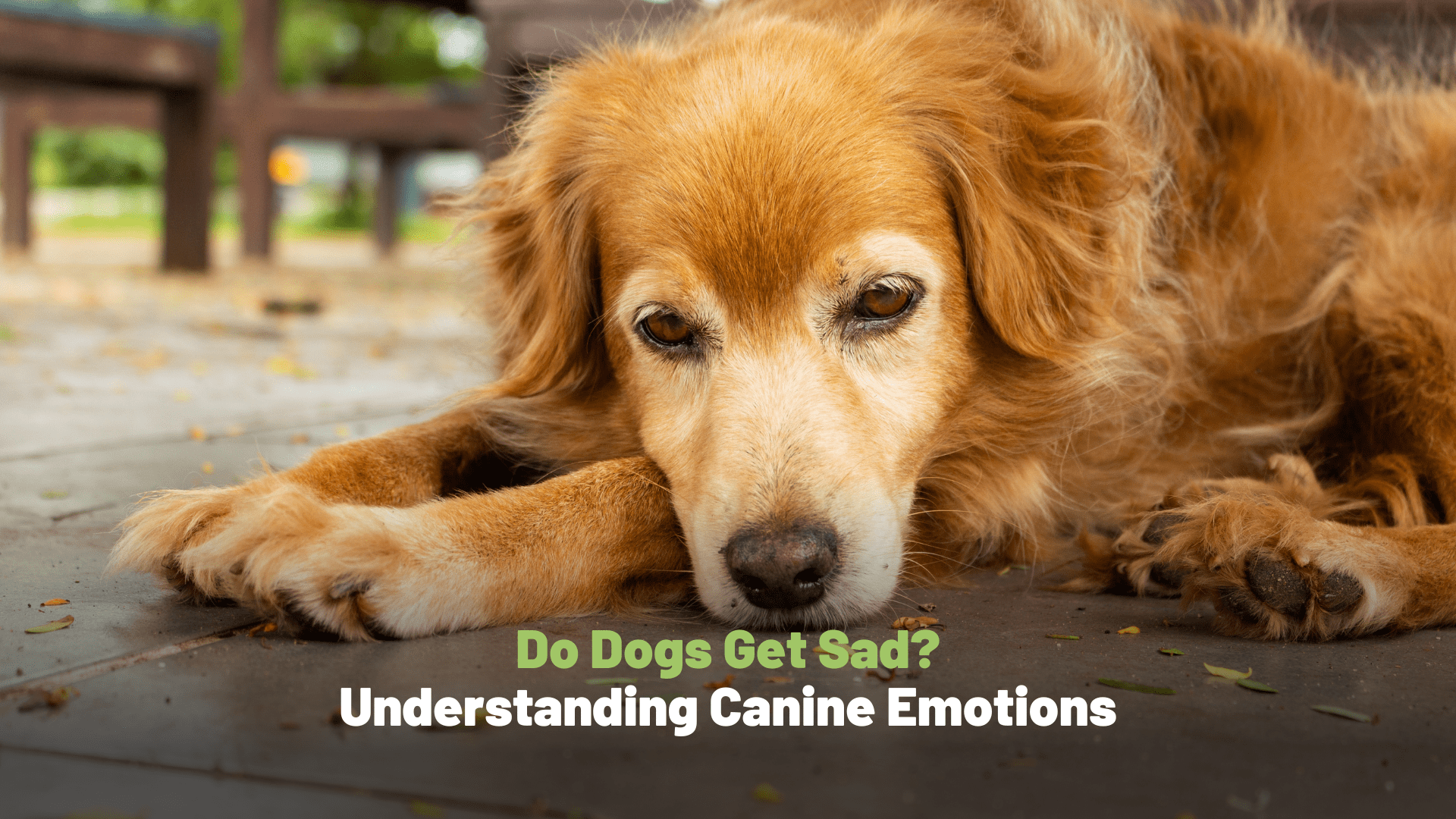As pet owners, we often project our own emotions onto our furry friends, interpreting their behaviors through a human lens. But do dogs really get sad? The short answer is yes. While dogs may not experience emotions in exactly the same way humans do, they certainly have the capacity for complex feelings, including sadness.
Signs of Sadness in Dogs
Dogs, like us, experience a range of emotions. While they can’t express themselves verbally, their behavior provides valuable clues into their emotional state. Recognizing these signs is the first step towards understanding your canine companion.
Changes in appetite, sleep patterns, and activity levels can all signal sadness in your dog. Be mindful if they’re disinterested in their food, eating excessively, sleeping more than usual, or having trouble sleeping. A sudden lack of enthusiasm for walks, playtime, or cuddles is another cause for concern. Similarly, withdrawal, hiding behavior, excessive whining, and unusual lethargy can all point towards emotional distress in your dog.
Causes of Sadness in Dogs
Recognizing the cause of your dog’s sadness is the first step to helping them feel better. Common culprits include separation anxiety, where being left alone for long stretches makes them lonely. The loss of a loved one, human or furry friend, can also bring them down. Changes in their environment, like moving to a new home or having a new baby in the house, can be stressful and upsetting.
Don’t forget to consider health issues – a sick or pained dog is an unhappy dog. If their behavior changes suddenly, a vet visit is a smart move. Finally, remember that bored dogs are sad dogs. Provide them with mental and physical stimulation to keep their tails wagging.
How to Help a Sad Dog
Does your furry friend seem down in the dumps? Don’t worry, there are ways to bring back their wag! Increase quality time with activities they love, from walks and playtime to simply snuggling on the couch. Sticking to a routine with regular meals, walks, and play sessions provides a sense of security.
For an extra mental boost, try puzzle toys, training sessions, or new adventures. Social interaction is important too, so arrange doggy playdates or park visits. If their sadness lingers or other concerning symptoms arise, consult your veterinarian to rule out any medical causes. In severe cases, a professional dog behaviorist can offer valuable guidance.
Dogs are deeply emotional creatures capable of experiencing a wide range of feelings, including sadness. By paying close attention to their behavior and taking steps to address their emotional needs, we can help ensure that our canine companions lead happy, fulfilling lives. Remember, a happy dog is a healthy dog, and their joy is one of the greatest rewards of pet ownership.

